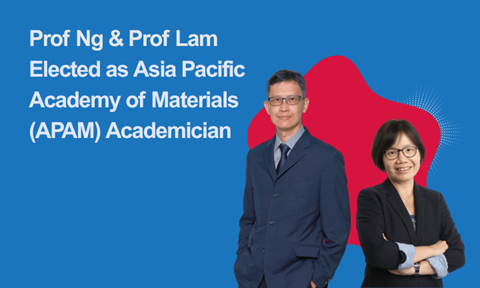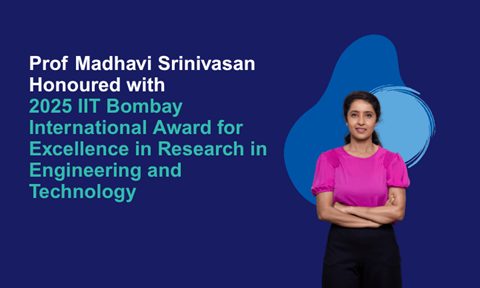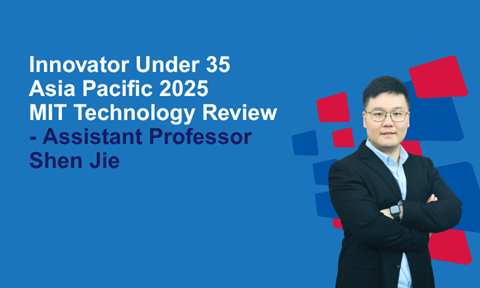Nature Communications paper - Nanyang Asst Prof Yu Jing
We would like to extend our warmest congratulations to Nanyang Asst Prof Yu Jing and his team on their paper titled "Hydrogen-bonds mediate liquid-liquid phase separation of mussel derived adhesive peptides", published in Nature Communications.
Correlating to this impressive work reported, Prof Yu has been invited as one of the "Early-Career Investigator" presenters at the inaugural Peptide Materials Gordon Research Conference (GRC), which will take place on 15-23 January 2023
in Galveston, Texas, USA (Link).

Abstract

Abstract
Marine mussels achieve strong underwater adhesion by depositing mussel foot proteins (Mfps) that form coacervates during the protein secretion. However, the molecular mechanisms that govern the phase separation behaviors of the Mfps are still not fully
understood. Here, we report that GK-16*, a peptide derived from the primary adhesive protein Mfp-5, forms coacervate in seawater conditions. Molecular dynamics simulations combined with point mutation experiments demonstrate that Dopa- and Gly- mediated
hydrogen-bonding interactions are essential in the coacervation process. The properties of GK-16* coacervates could be controlled by tuning the strength of the electrostatic and Dopa-mediated hydrogen bond interactions via controlling the pH and salt
concentration of the solution. The GK-16* coacervate undergoes a pH induced liquid-to-gel transition, which can be utilized for the underwater delivery and curing of the adhesives. Our study provides useful molecular design principles for the development
of mussel-inspired peptidyl coacervate adhesives with tunable properties.
The article can be found via this link: https://doi.org/10.1038/s41467-022-33545-w
About Nature Communications
Nature Communications is a peer-reviewed, open access, scientific journal published by Nature Portfolio since 2010. It is a multidisciplinary journal dedicated to publishing high-quality research in all areas of the biological, health, physical, chemical
and Earth sciences. Papers published by the journal aim to represent important advances of significance to specialists within each field. The journal has a 2021 impact factor of 17.694.
Our heartiest congratulations to Nanyang Asst/P Yu Jing and the team on their excellent achievement!





-officer-awards-2025.tmb-listing.png?Culture=en&sfvrsn=1790ff83_1)

